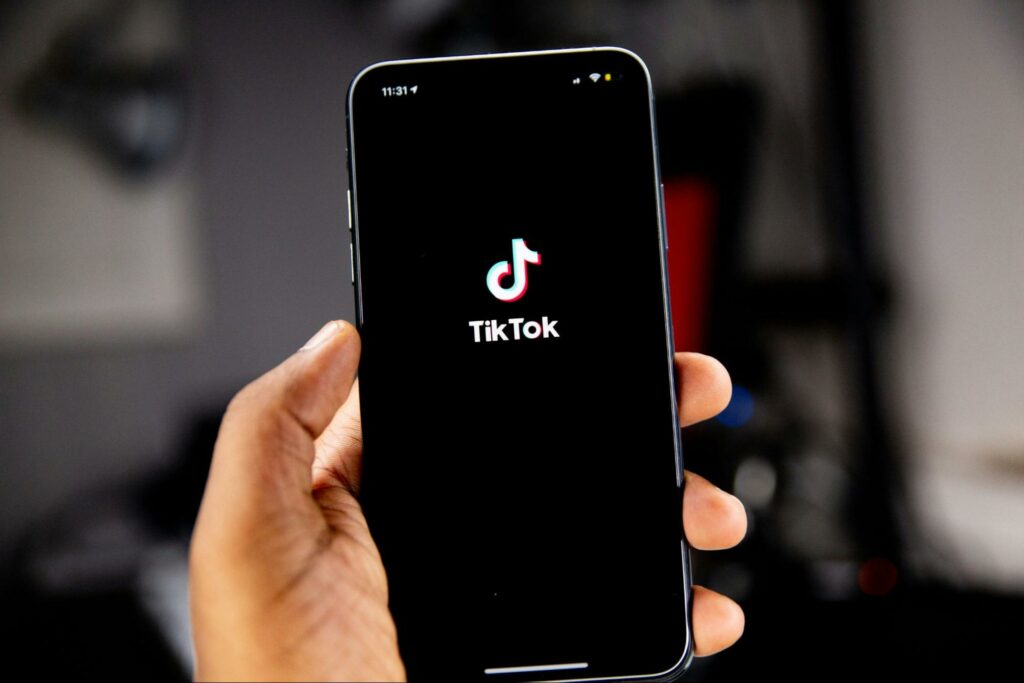TikTok’s evolution into a digital search engine has opened up new avenues for knowledge discovery, making it a valuable tool for students seeking information and insights. However, students must approach TikTok with a discerning eye, as the platform also carries potential pitfalls, such as the spread of inaccurate or biased information. By understanding the advantages and drawbacks of TikTok as a search engine, students can make informed decisions about its use in their academic pursuits.
For instance, while TikTok can provide valuable tips and insights for essay writing, students should exercise caution and not rely solely on it. If you ever think, “I need someone to write my term paper for me,” it’s essential to contact experts and writepaper reviews. Additionally, students should be aware that TikTok may not always provide the depth and rigor of information required for academic research, so it’s important to supplement their knowledge with other credible sources.
This balanced approach will ensure that students extract TikTok’s most valuable and reliable content while being cautious about potential misinformation.

Pros of Using TikTok as a Search Engine
1. Visual learning and engagement
TikTok’s format of short, engaging videos caters to the preference for visual learning, especially among younger audiences. This makes complex topics more accessible and understandable. Visual content can enhance comprehension and retention of information, a valuable asset for students looking to grasp difficult concepts quickly.
2. Up-to-date information
Content on TikTok is continually updated, offering the latest trends, news, and information, which is crucial in the fast-paced digital world. For students researching current events or rapidly evolving subjects, TikTok can provide real-time insights that complement traditional sources.
3. Diverse perspectives
TikTok hosts various content creators, providing users with diverse viewpoints and experiences. This can lead to a more rounded understanding of topics, promoting critical thinking and open-mindedness among students.
4. Interactive and community-focused
The platform’s interactive nature allows users to engage directly with content creators, ask questions, and participate in discussions, fostering a community-based approach to information gathering. This interactivity can encourage students to engage actively with the content they consume and seek clarifications or additional information, enhancing their learning experience.
5. Convenience and user-friendliness
TikTok’s intuitive interface and the ease of navigating through videos make it a user-friendly option for quick searches. For students juggling academic commitments, the platform’s accessibility can save time and effort when seeking supplementary information.
6. Localized content
TikTok often features geographically relevant content, offering local insights that might not be available on traditional search engines. This can be particularly valuable for students conducting region-specific research or exploring cultural nuances.
Transitioning from the pros to the cons of using TikTok as a search engine, it becomes evident that while TikTok offers valuable advantages such as visual learning, up-to-date information, and community engagement, it also poses significant challenges. Students and users must navigate these drawbacks cautiously and critically to maximize TikTok’s potential while mitigating its inherent limitations. Let’s delve deeper into the potential downsides of relying on TikTok for information and research.
Cons of Using TikTok as a Search Engine
1. Reliability and accuracy concerns
Unlike conventional search engines that index and rank content based on complex algorithms, TikTok’s content is user-generated and may not always be accurate or reliable. Students should exercise caution and verify information from multiple sources when using TikTok as a reference.
2. Limited depth of information
Given the format of short videos, the depth and comprehensiveness of information can be limited, which is a significant disadvantage for detailed research. Students should know these limitations and seek supplementary materials for in-depth understanding.

3. Potential for misinformation
The ease of content creation and sharing on TikTok means that misinformation can spread rapidly, making it challenging to discern credible information. Critical thinking and fact-checking are essential skills for students to avoid falling victim to misinformation.
4. Bias and subjectivity
TikTok’s algorithm tends to show users what they want to see based on previous interactions, which can create an echo chamber effect and bias in the information received. Students should be aware of this filter bubble and actively seek diverse perspectives.
5. Privacy and data security concerns
Using TikTok as a search engine raises concerns about data privacy and security, given the platform’s access to personal information and search histories. It’s advisable for students to be cautious about the data they share and consider using privacy settings.
6. Over-reliance on algorithmic suggestions
TikTok’s algorithm-driven content suggestions might limit exposure to a wider range of topics, potentially narrowing the user’s search horizons. Students should actively explore various content to ensure a well-rounded knowledge base.
Conclusion
As a search engine, TikTok presents a paradigm shift in how information is sought and consumed, particularly among younger audiences. Its strengths lie in its visual appeal, up-to-date content, and community engagement, making it a valuable resource for students seeking quick insights and diverse perspectives.
However, challenges such as reliability, depth of information, and potential for bias and misinformation must be considered. According to essaypro review, students should approach TikTok as a supplementary tool, cross-referencing with other sources and maintaining a critical approach to content consumption.
While TikTok has potential as a search engine, it should be complemented with traditional research methods to ensure a balanced and thorough approach to information gathering. By leveraging TikTok’s strengths while being mindful of its limitations, students can enhance their ability to navigate the digital landscape effectively and critically.